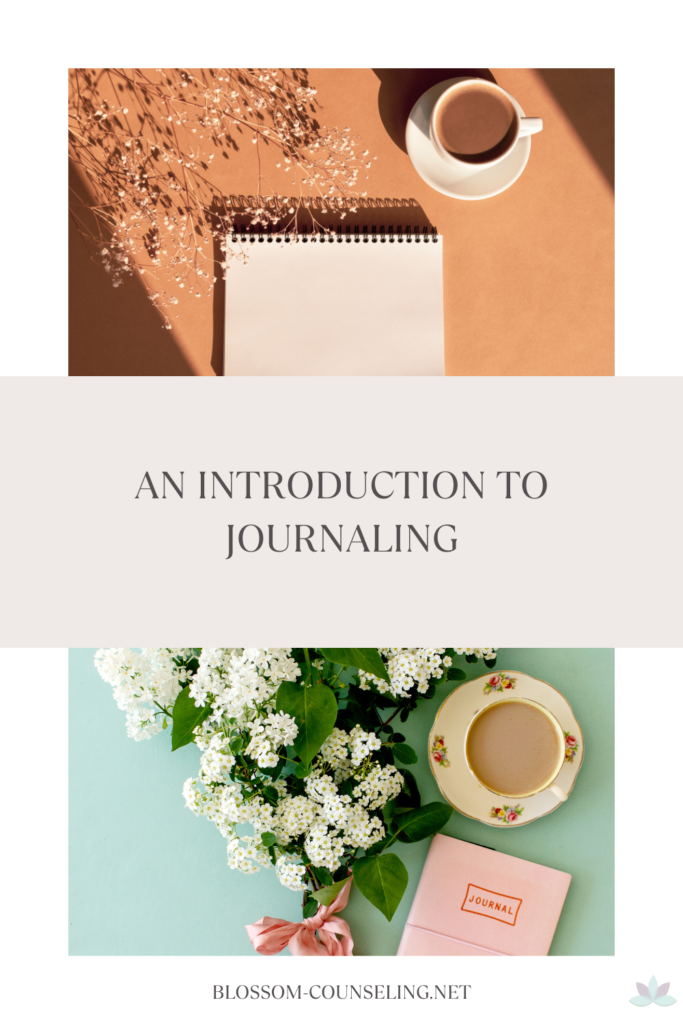
When we hear the word meditation, many things come to mind and the meaning of meditation varies from person to person. Merriam Webster defines meditation as “engaging in contemplation and reflection” and “engaging in mental exercise (such as concentration on one’s breathing or repetition of a mantra) for the purpose of reaching a heightened level of spiritual awareness.”
Regardless of whether you are spiritual or not, meditation has been shown to help reduce stress and worry among many different kinds of people. Studies have shown that meditation can be useful for all sorts of life situations from mental illness to physical conditions to professionals and college students.
There are many misconceptions about meditation that can deter people from practicing. Some of these include believing that there is a sure way to meditate, not knowing what a meditative state feels like, and believing that one kind of meditation is better than another.
Meditation is simply being in the present moment. How you can achieve that can be different, but regardless, it is a form of meditation. Meditation is a personal experience that doesn’t require you to be in a trance-like state, although it can happen for some people.
Meditation doesn’t need a specific practice to be more beneficial than another kind of practice, however certain types of meditation may be more advantageous for you. There are hundreds of different meditations one can use, but they can generally fit into three categories, mindfulness, compassion, and mantra.
How do you know if meditation will work for you? The best answer is to be open to experiencing different kinds of meditation to see what the best practice is for you. Additionally, some research is showing that the type of meditation is less important than the frequency in which people meditate (Gutierrez et al., 2019). Spending five minutes a day is more useful than 30 minutes per week, for example.
Although there are different types of meditation, there are some simple tips and tricks to meditating. You want to find a spot that is peaceful, safe, and free from most distractions. You will want to find a comfortable place either on the floor or in a chair. Be intentional about your posture. Sit up straight and relax your shoulders. You can keep your eyes open or close them depending on what makes you the most present. Focus on your breath and your senses. What do you feel, taste, smell, see? Finally, you will have thoughts that enter your mind. Without judgment of yourself, graciously come back to the practice and focus on your breath.
You can find many different meditations on YouTube or through the use of apps. Two highly used free apps for meditation are Headspace: Meditation & Sleep and Calm. You can also find guided meditation podcasts for different areas of life, such as confidence, patience, compassion, kindness, etc. Below I have provided some links that explain meditation more in-depth and some short meditations that you could try. As mentioned before, explore different meditations. If you didn’t like one, try another. Not loving one doesn’t mean you don’t like meditating. One size doesn’t fit all, find what works best for you and set an intention to practice on a regular basis.
Life is stressful. We all need to take time to slow our brains down and become in touch with our own experiences. Be kind to yourself and know that you deserve to treat yo’self! I hope meditation isn’t just another thing to put on the to-do list, but something that you look forward to on a regular basis.
My YouTube recommendations:




